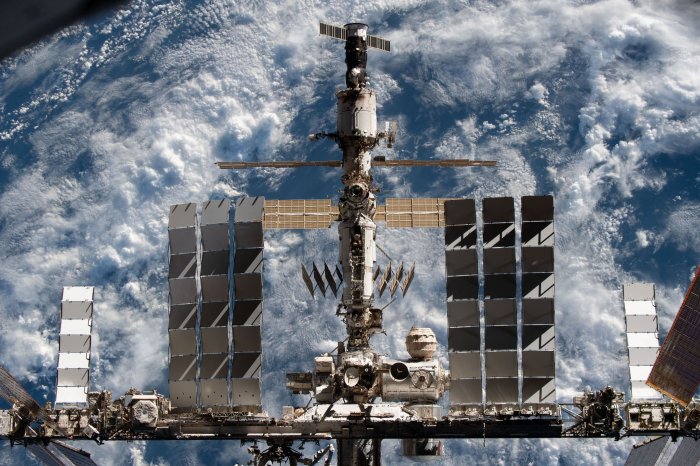ORLANDO, Fla., March 17 (UPI) — NASA’s towering moon rocket, the SLS, is expected to emerge from its assembly building at Kennedy Space Center in Florida on Thursday, providing a new look at the agency’s biggest space vehicle since the Apollo era.
NASA plans a day of events and media opportunities at the space center leading up to rollout around 5:30 p.m. EDT. The rollout comes as NASA prepares to mark the 50th anniversary of the Apollo 16 mission, which launched April 16, 1972.
If all goes according to NASA’s schedule, the rocket will remain at its launch pad, Complex 39A, until a fully fueled rehearsal in early April. NASA hopes to launch the rocket, without a crew, to and around the moon in May.
The space agency has long planned to return to the moon and even fly astronauts to Mars, but since 2004 such plans have encountered repeated delays and lack of necessary funding from Congress.
Seeing the rocket fully assembled and on the launch pad will be a thrilling milestone for NASA’s employees and contractors, Charlie Blackwell-Thompson, Artemis launch director, said in a press conference Monday.
“It’ll be something really special for me, and I know for everyone that’s worked on this, when we get an opportunity to see it,” she said.
The rollout will be the first time a NASA rocket so large — 322 feet tall — has moved to a launch pad since Apollo 17’s Saturn V rocket did so before launching astronauts to the moon later in 1972.
The SLS rocket and Orion capsule will roll slowly to the pad about four miles away. The space agency expects the journey to last six to 12 hours.
Space shuttles also made the same roll from the VAB to the launch pad from 1981 to 2011, but the new moon rocket will tower above the shuttle height, which was 184 feet when stacked on its large exterior fuel tank.
The Artemis I mission is to fly further past the moon than any spacecraft designed for humans in history.
The International Space Station is pictured from the SpaceX Crew Dragon Endeavour during a flyaround of the orbiting lab that took place following its undocking from the Harmony module’s space-facing port on November 8. Photo courtesy of NASA


